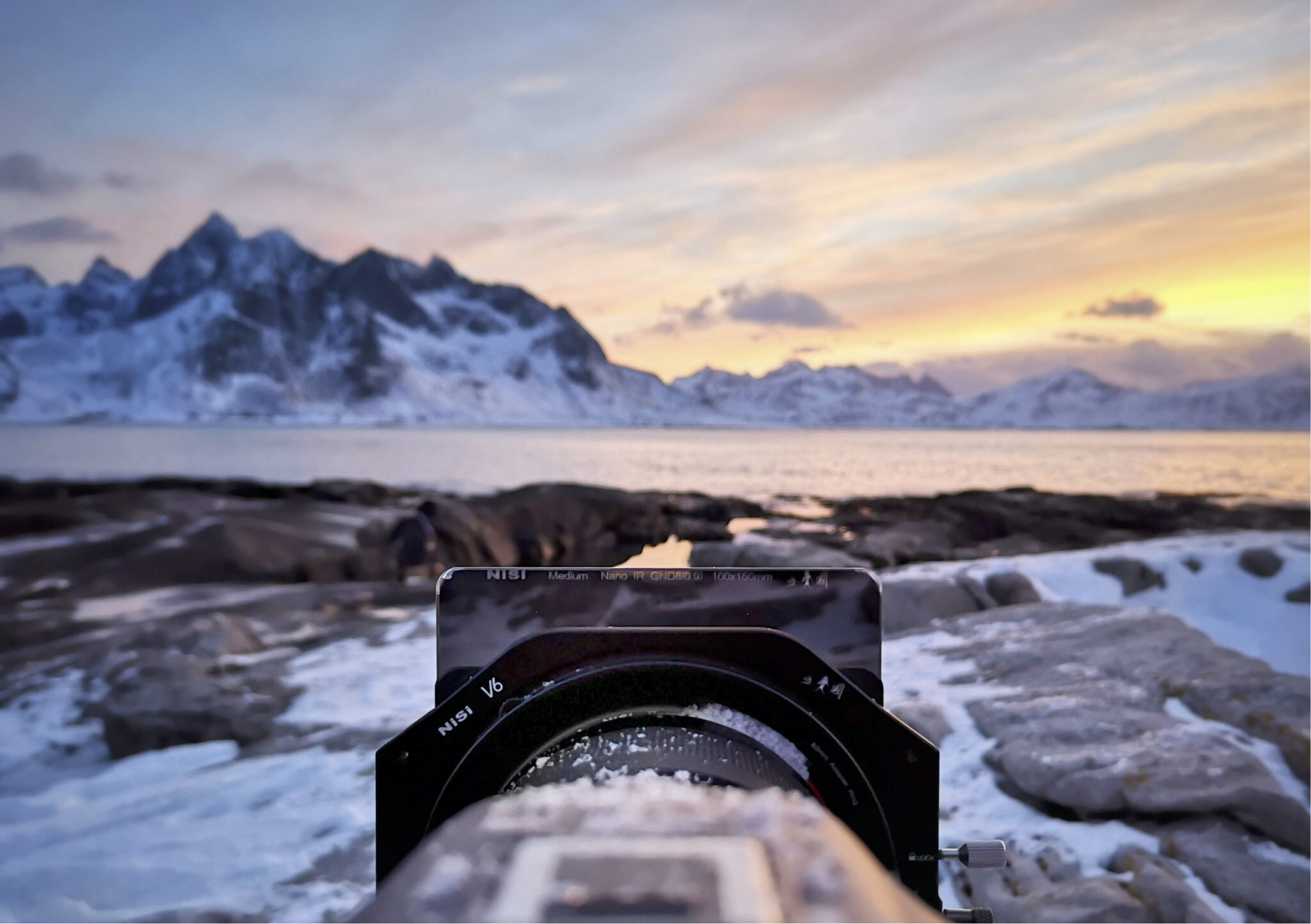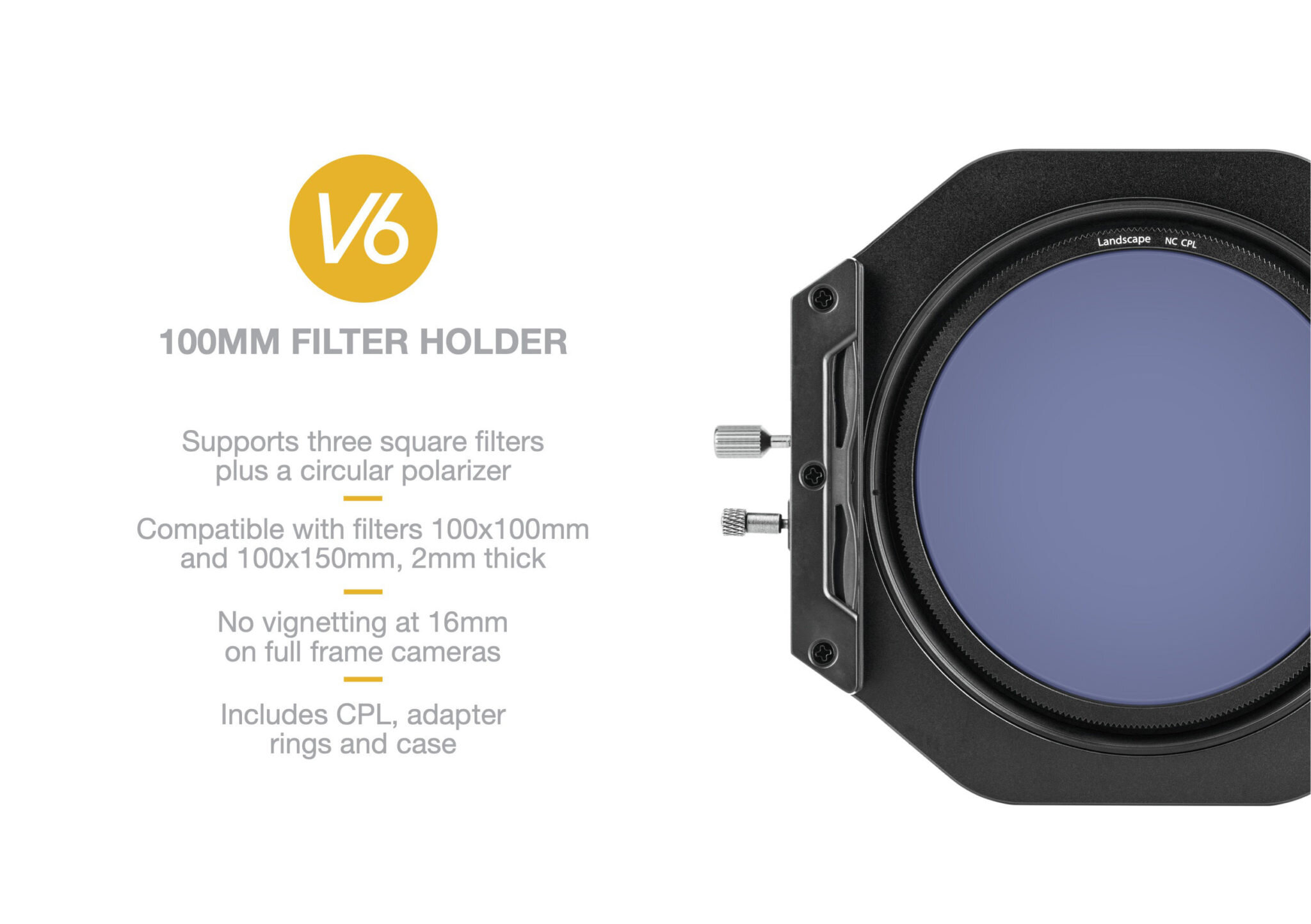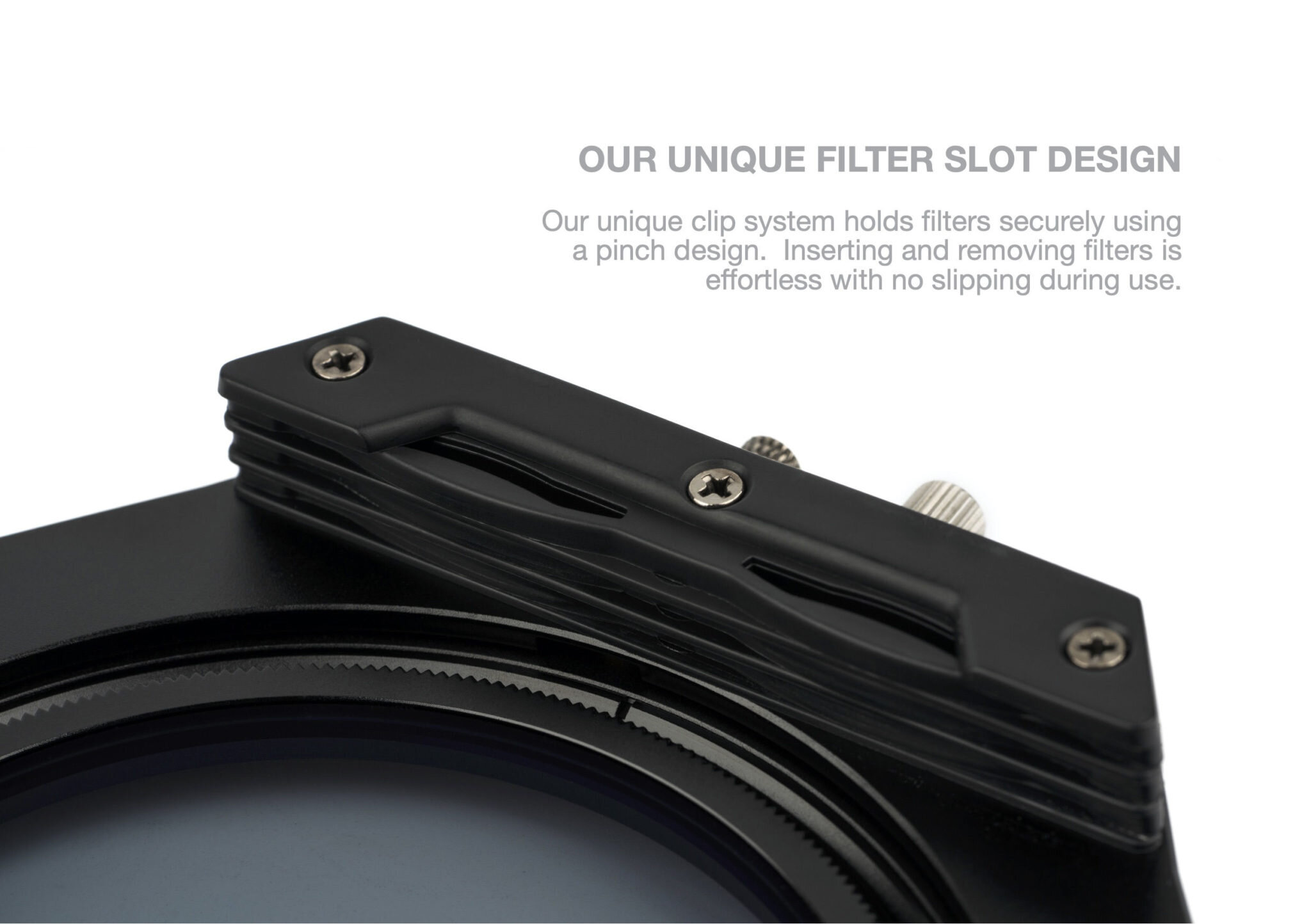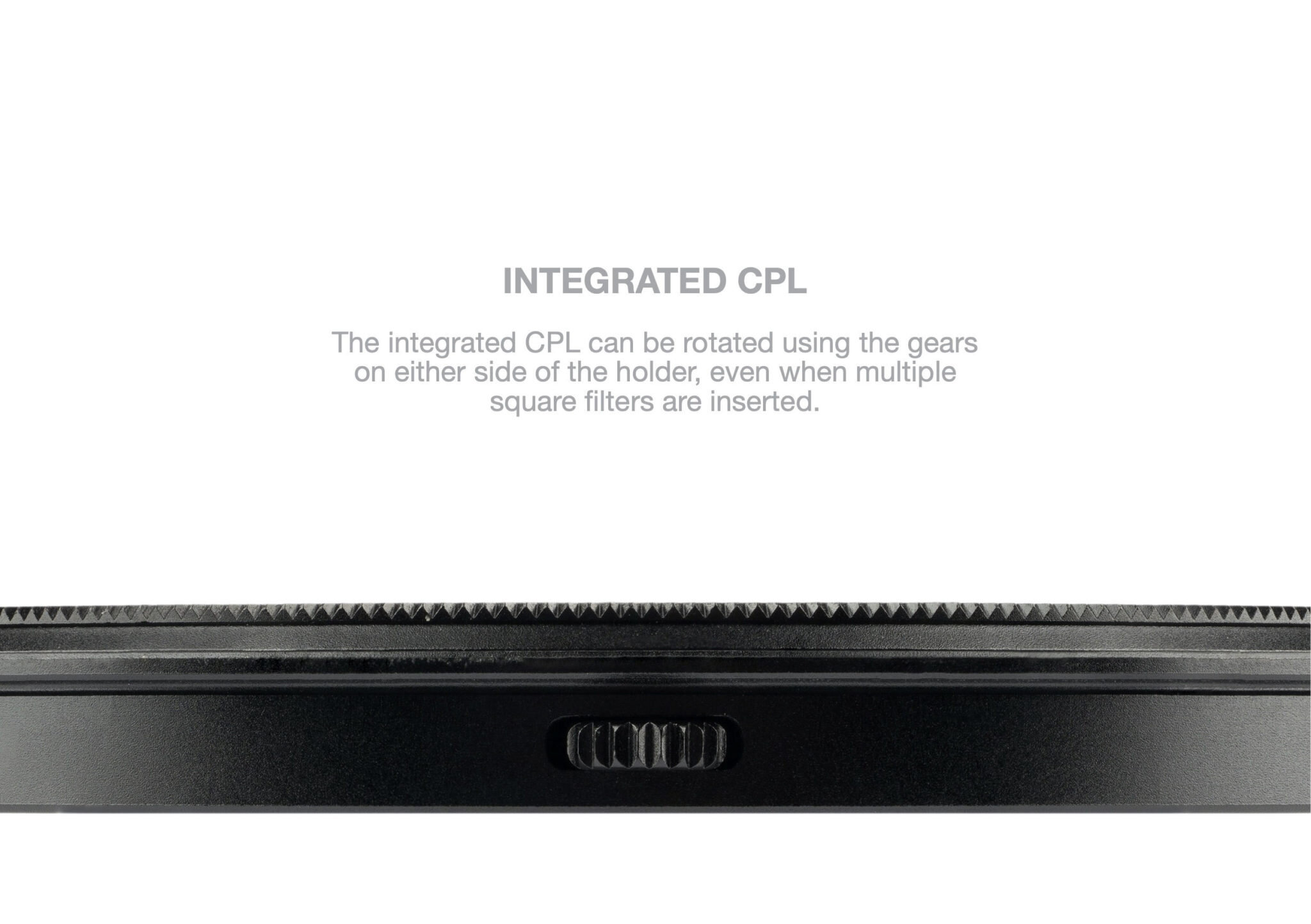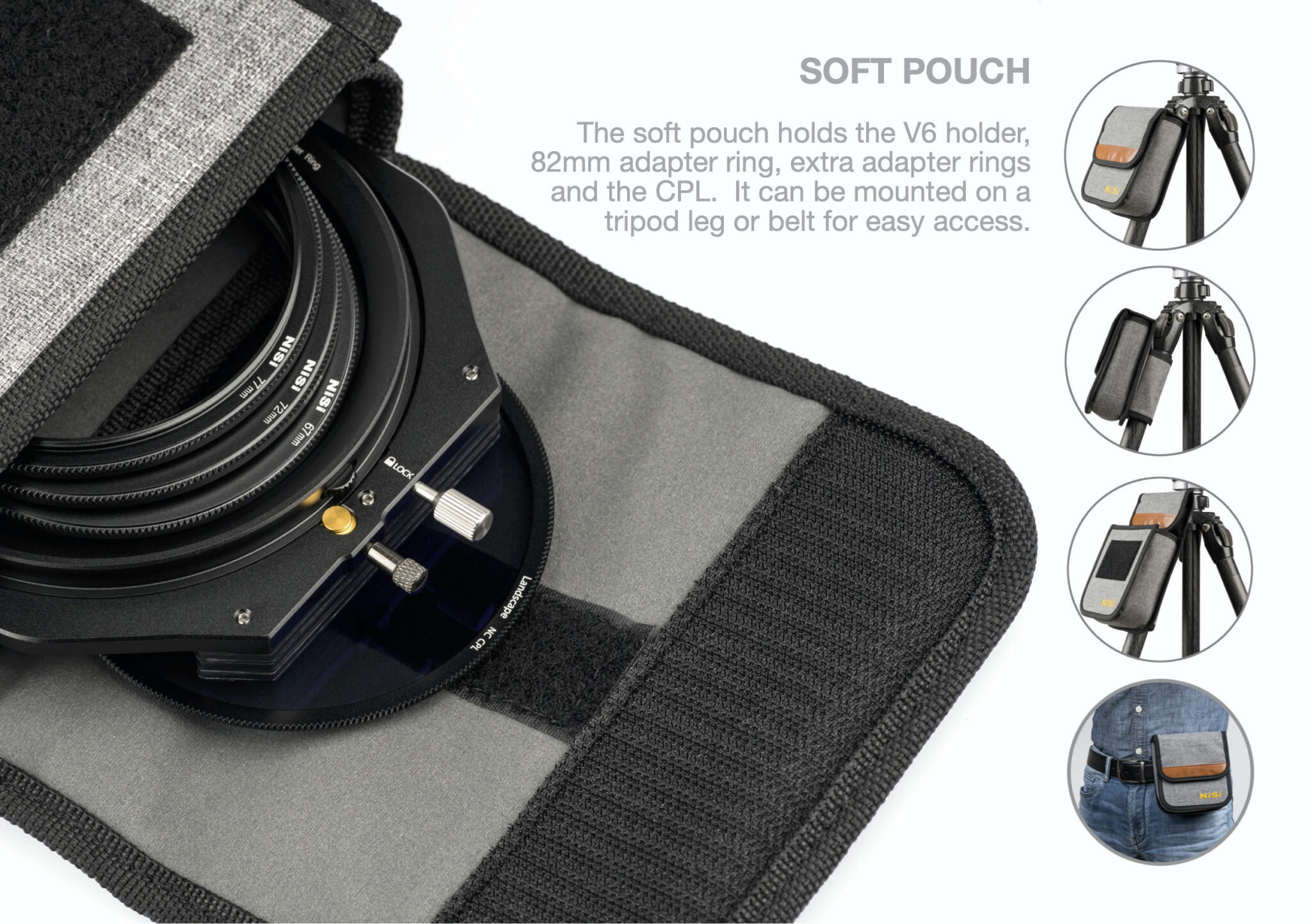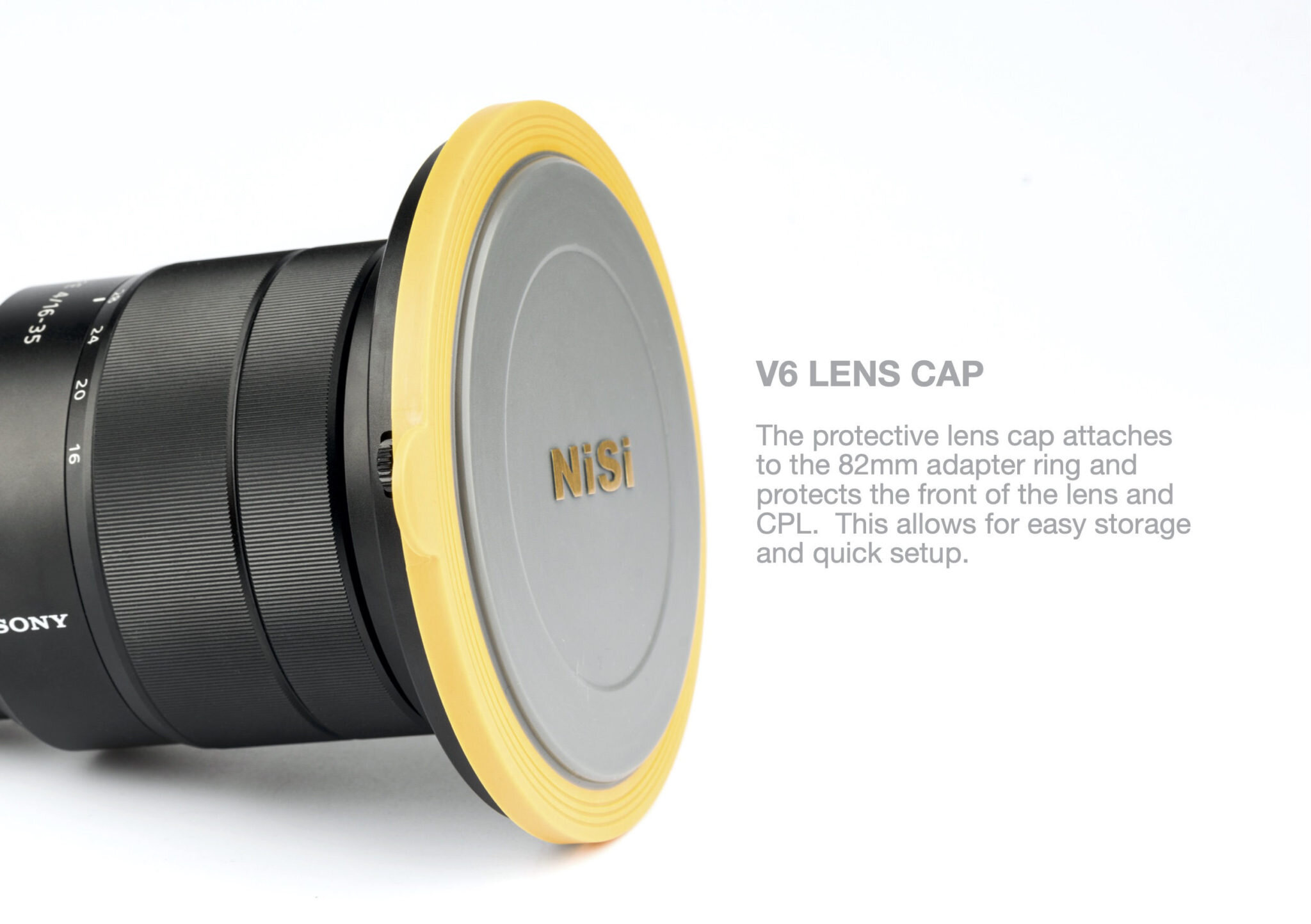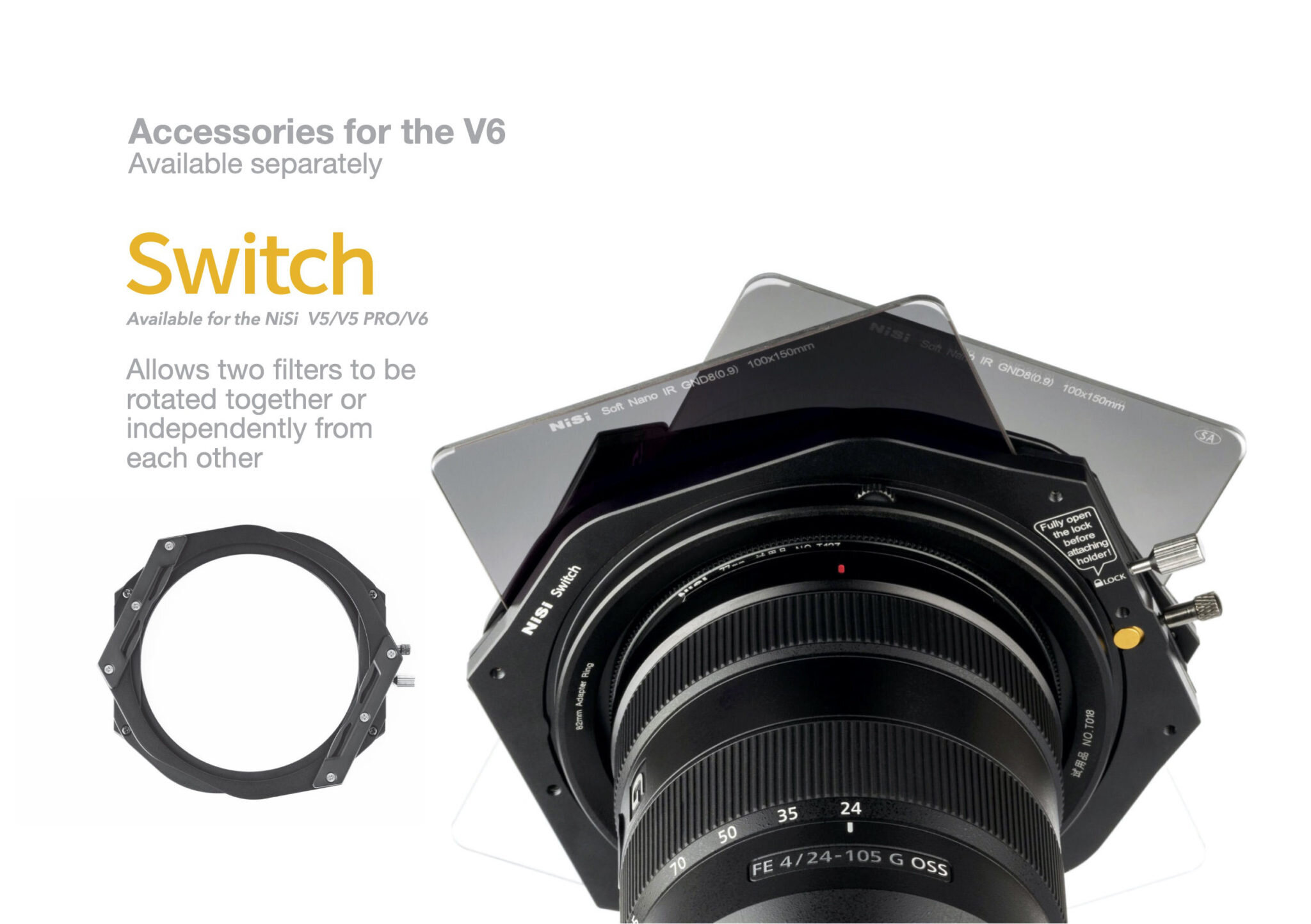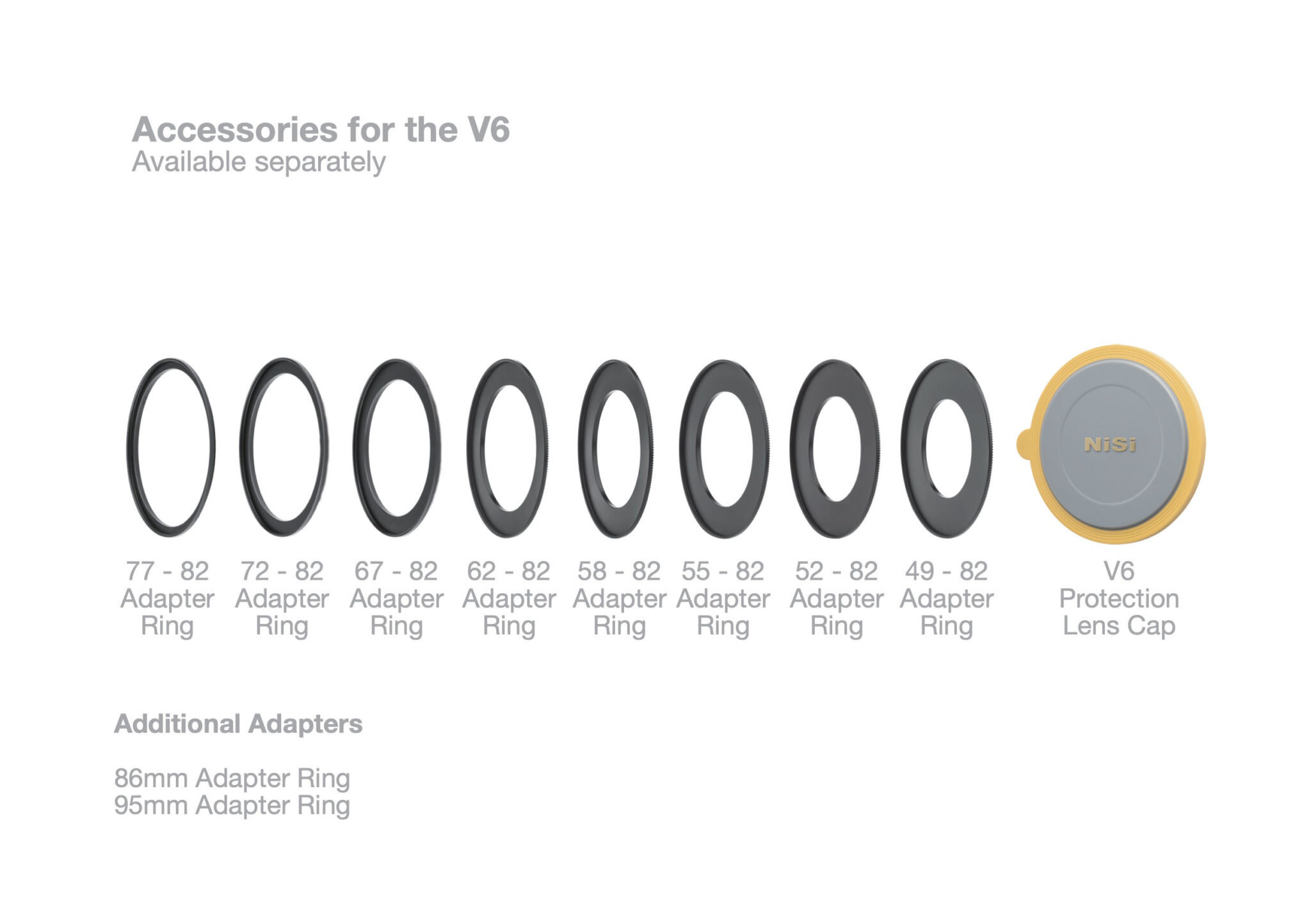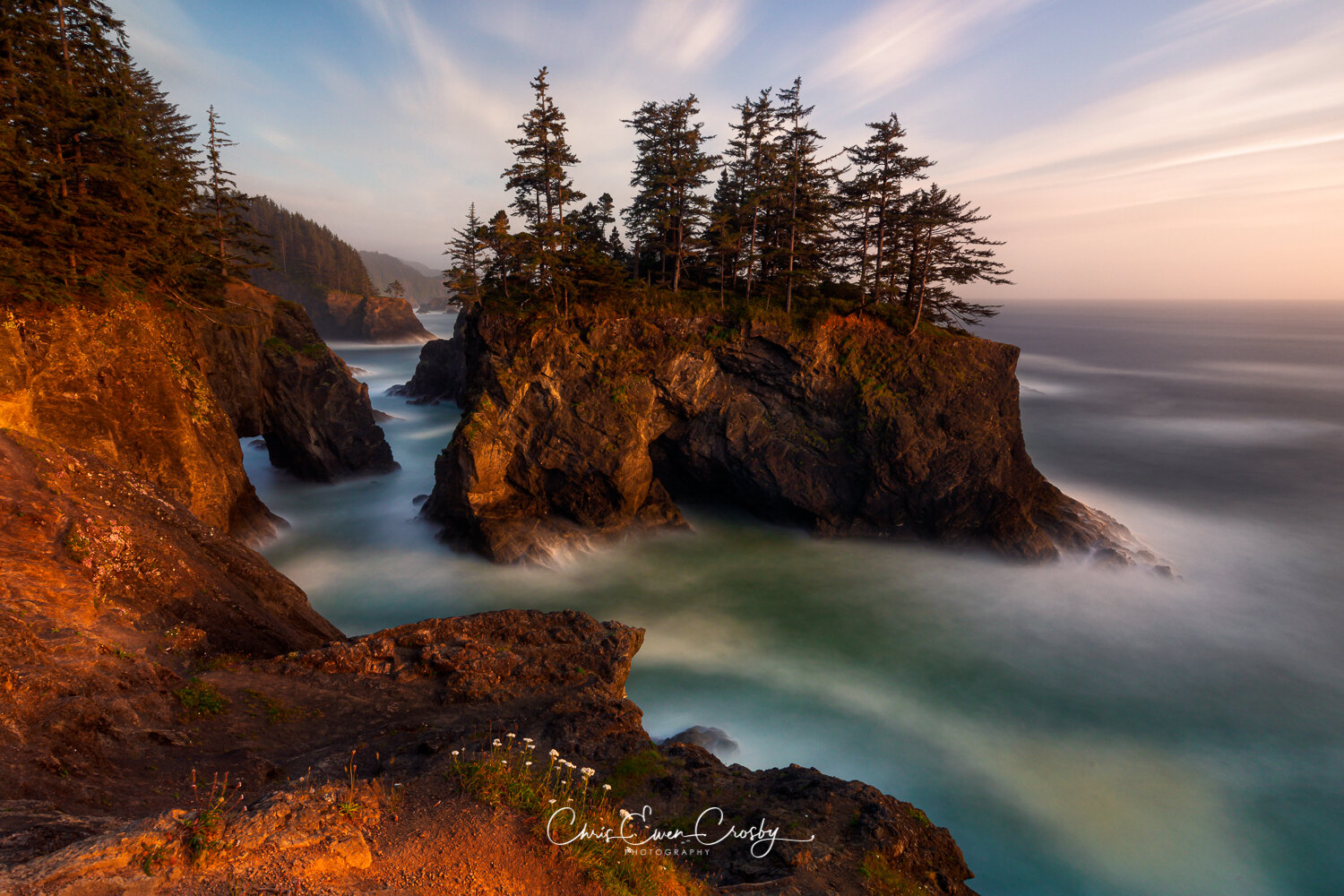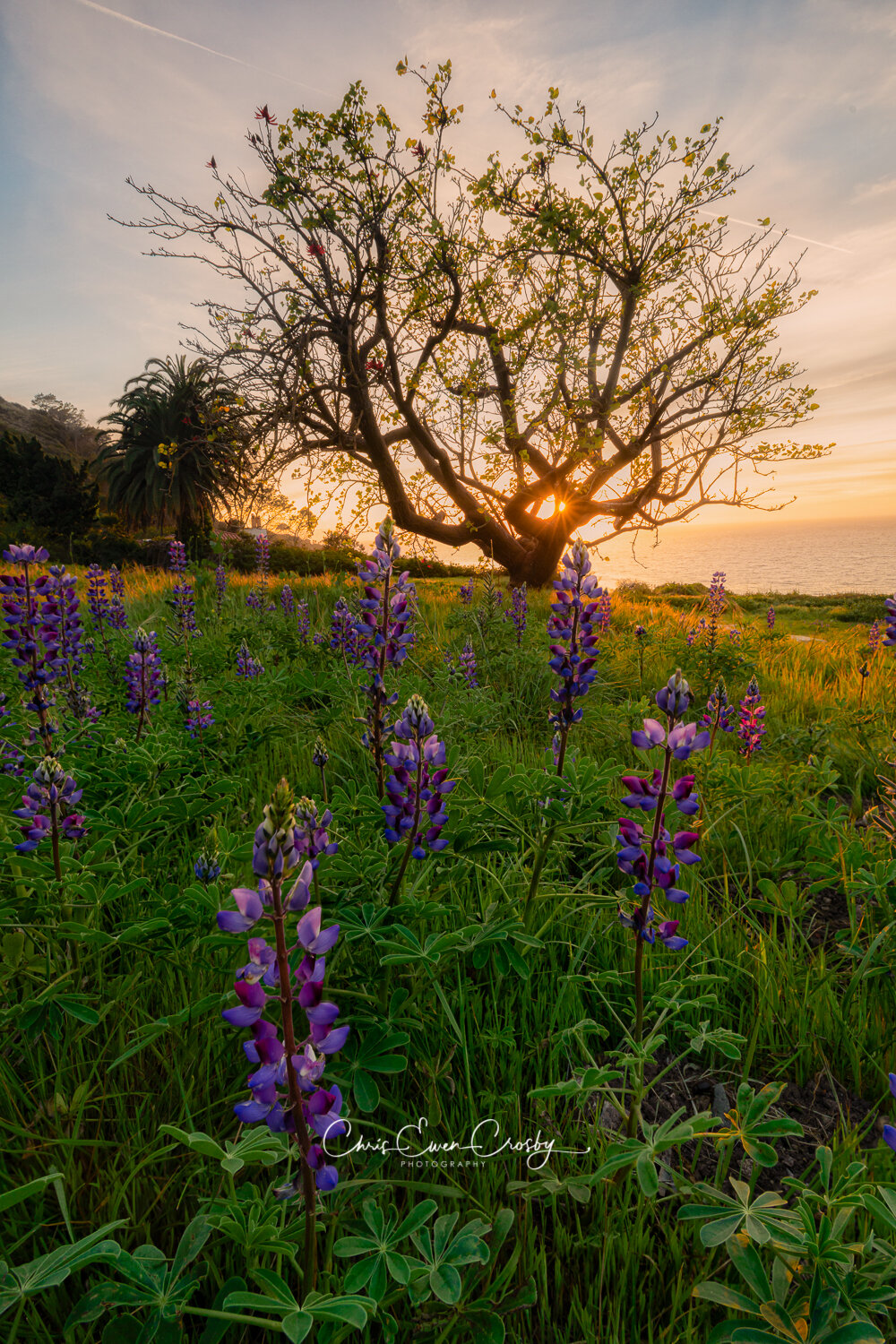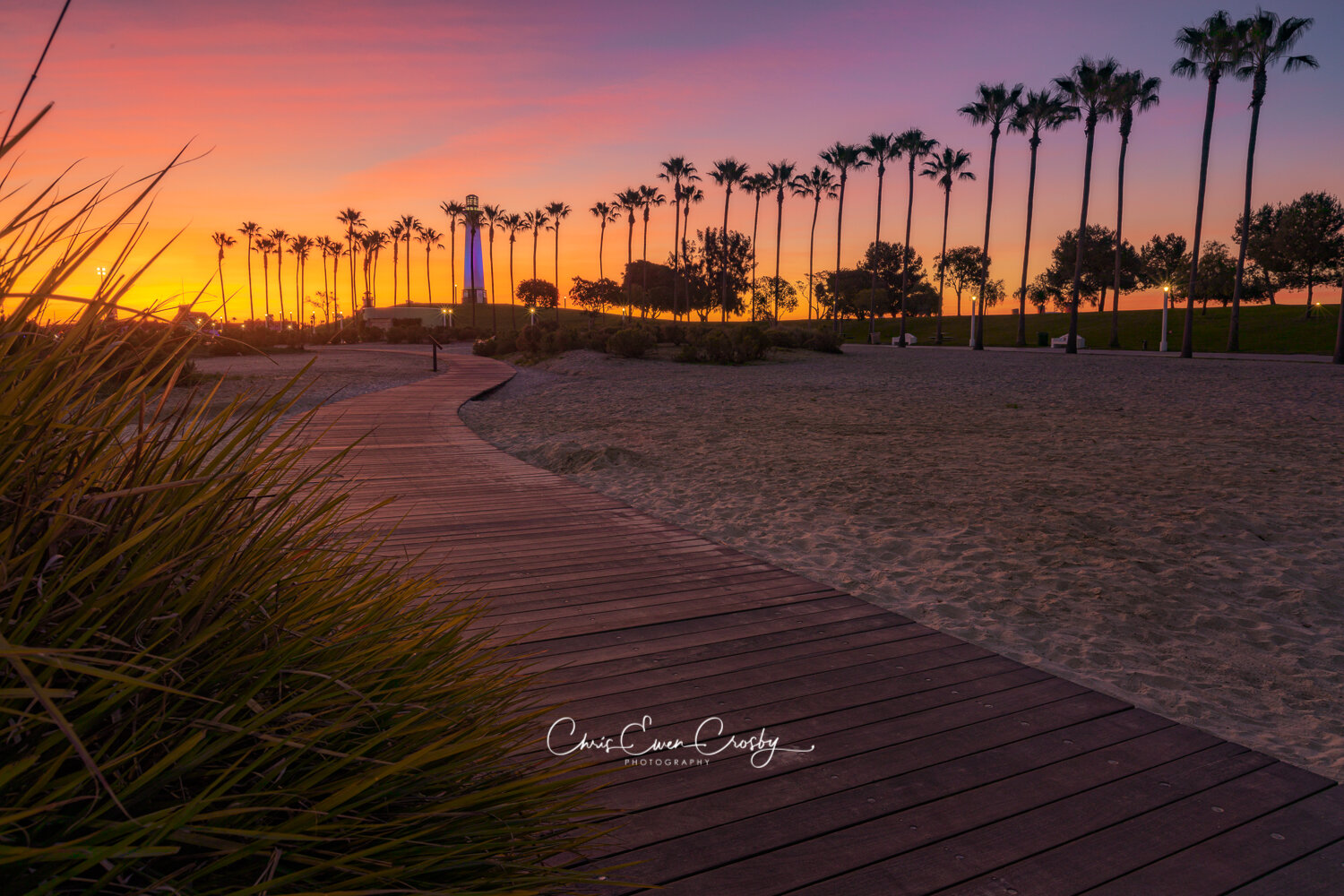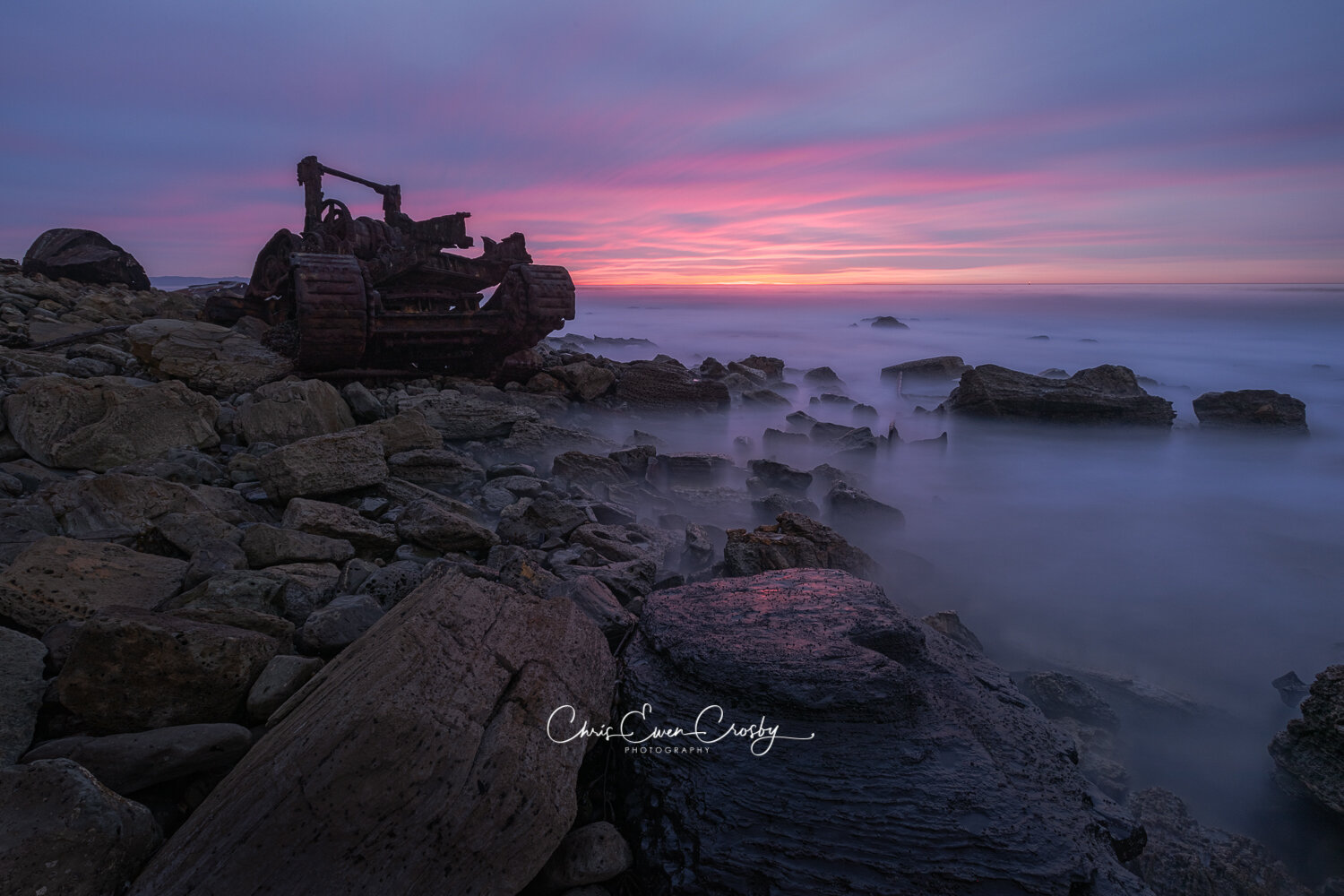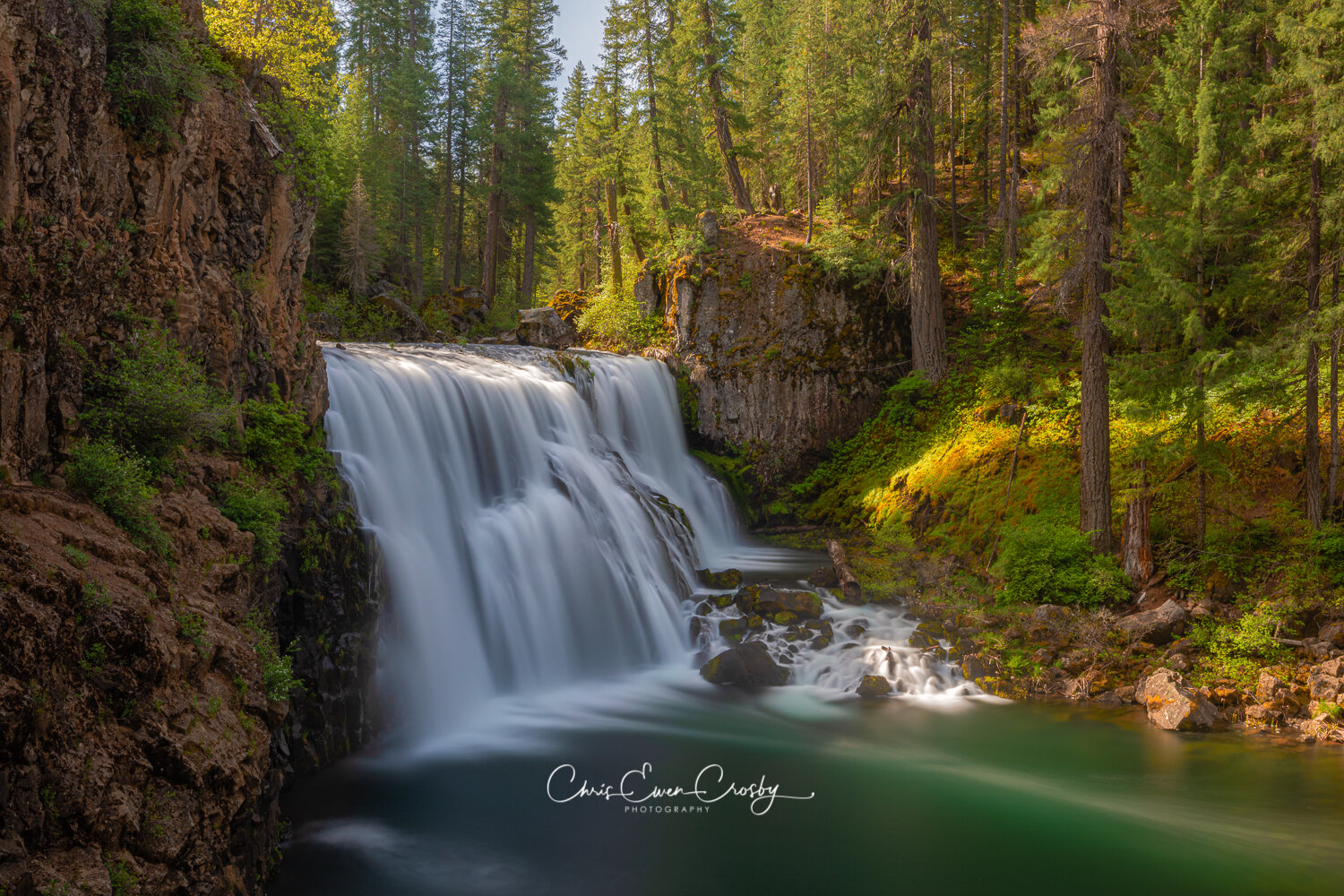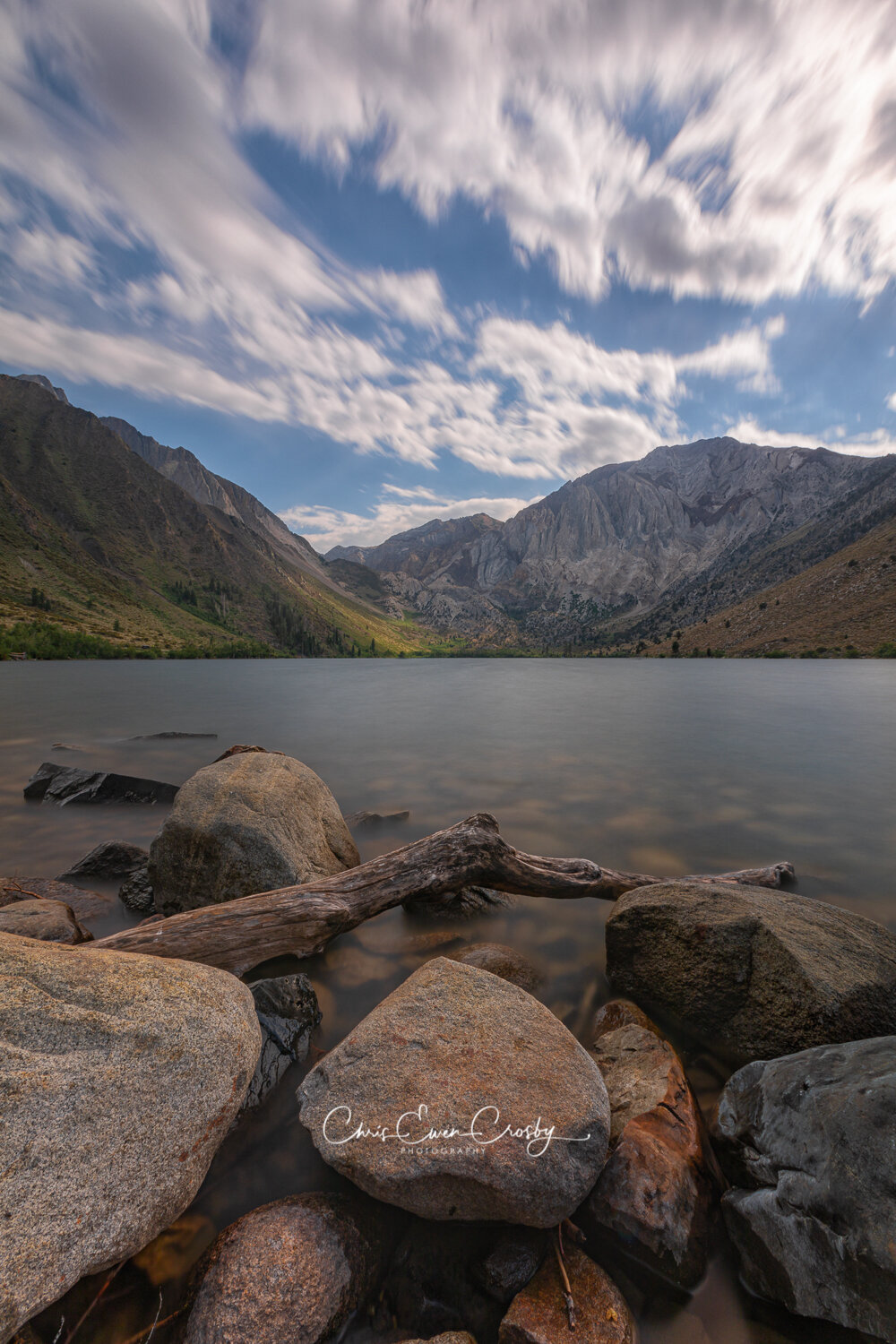NiSi V6 vs Haida M10 - Why I switched from Haida to NiSi
NiSi V6 vs Haida M10
Why I switched from Haida to NiSi
By Chris Ewen Crosby
(Chris is an official NiSi USA Ambassador and reseller)
Many of you have been waiting for this very blog, an explanation for my sudden switch from Haida Filters to NiSi Optics USA late in 2019. This is long overdue, but now I’ve found some time to sit down and explain what made me switch companies. Many of you who are reading this may have in fact invested money into the Haida System and by all means it is a good system. When you are in a position to be able to try different systems like I am, then you get the benefit of changing without much of a monetary loss. Am I recommending that you sell your Haida System and jump to NiSi? Maybe, but no. Your Haida System still is good, but I’m sure if you are currently using it you’ll relate to much of what I have to say in this review and comparison of the two systems. However, from this point forward I will be definitely suggesting to my clients to purchase NiSi products because it truly is the best system I’ve used in my photography career. There are many reasons for my switch to the V6 System by NiSi. There are both equipment reason as well as the business side of things. One of my reasons for putting this off for so long was because I needed time to really use the new equipment, experience working with NiSi over a few months, and really soak up everything.
Ladies and Gentleman, Full Disclosure
Before we begin I must first disclose that I’m now an Official NiSi Optics USA Ambassador and Reseller. This is one of the reasons that I switched and I’ll dive into some details later in the blog. So, yes, my opinions could come with some bias, but I only stand behind product I believe in. I wasn’t forced to change systems, I simply went with a superior product that turned into a great relationship with NiSi. I got to pick between two of the top filter systems on the market and after weighing everything together made my decision. I’ll lay out what made me switch by doing a review and comparison between the two systems and share my findings with you. So without further ado, let’s talk about the NiSi V6 System and why I love jumped the Haida ship.
So It Begins…gear talk time
Let’s first talk about how the V6 made its way into my bag. Late in 2019 my friend Bruce Getty (GettyPhotography.com) invited me to a meeting at the NiSi Optics Headquarters. At the time I had been using and promoting Haida Filters and was an official/un-official ambassador for them, we’ll get into that later. I had been using Haida for a few years and had been very happy with the quality of the glass and their latest M10 Model was a great improvement on holder quality. I liked the M10, but there were a few things that bothered me, namely the backdrop holder, the amount of space the system/filters took up in the bag, and some vignetting at 16mm. Read my review of the Haida M10 System for more details. Aside from those issues there were some other things that we’ll dive into later.
So, Bruce and I sat down to learn about the NiSi line of product, what made it so great and got to put our hands on the system and filters. There was quite a bit of information, but it was great information about the milling process for the holders and quality of the glass. I admit, at first, I wasn’t even thinking about switching filter systems. The glass seemed to have very similar qualities to that of Haida and there wasn’t much telling me to switch over, yet. I would have to test them in the field before I’d even consider switching over. There were incentives for me to switch as well, but that’s for later in the article. So I left the meeting that day with a V6 System and a few filters to test and try, thanks to NiSi Optics USA.
Thoughts on the V6 System
After the meeting, I made my way to a favorite local seascape spot and gave them a whirl. I wasn’t so much excited by the system yet, but curious as to how the system and filters would perform to my trusted Haida System. I was almost hesitant to be proved wrong and find a better system then what I was currently using.
The system worked very similar to Haida, Lee and many of the other name brands. The filter holder clips on to the filter ring, which makes taking the holder on and off quick and easy. The V6 System came with an Enhanced CPL, which attached to the filter ring behind the filter holder. I love how the CPL is close to the glass, which helps with reducing the size of the overall system and reducing vignetting. Haida had a similar build which I like over the LEE system which has a HUGE CPL that sits outside the filter holder. I never purchased it because I was scared of it, LOL. Installing the V6 system and using it felt very normal and didn’t require any thought since I’d been using filter systems for many years now. Thinking back now, this was a nice feeling to be able to use the system very quickly without much thought. I felt very much like my old LEE 100 system in how in clipped on to the filter ring and how the filter ring worked.
First Impressions
One thing that I immediately fell in love with and that brought a smile to my face was the Pouch 9 Plus holding pouch. Before making my way to the beach I had reduced the amount of filter space in my bag by 60%! I had a V6 System, 3 ND 100mm ND Filters, and one 150mm Grad ND all in one case with slots to spare. It all fit neatly into an interior section of my bag, it was less crammed and lighter now. The reduction of the amount of space my filters takes up in my bag is a huge win. When you are backpacking you need all the space you can get and this will help me greatly in those situations. I now have room for more lenses or whatever gear I need to bring.
It also strapped right to my tripod leg and allowed me to have access to all my filters and system without having to hold multiple cases while switching filters. This sped up my workflow considerably and I wasn’t worried about dropping filters. With my Haida System I was constantly going back to the bag and fumbling two filter cases while switching them out. It wasn’t comfortable in most situations where I couldn’t lay my bad down. Now I could take the system out of the bag at the start of shoot and strap to my tripod. As I change lenses or filters the system has a safe and easily accessable point right next to the camera.
Filter Holder Innovation
The next thing I noticed was the ease at which the filters slid into the filter holder. They were easily slid up and down in the holder, yet I was able to walk about with filters in holder and not worry about them sliding out. The holder is built really well. Unlike most filter holders out, the NiSi Holder pinches the filters from the sides of the glass and not front and back. This is hard to explain without visualization, but stop and re-read that if you need to and imaging how the holder grabs the filters. The V6 method of holding the filter is much better for the filters to remain scratch free and it allows for smoother movement without sacrificing strength. It’s really brilliant design. I don’t know why none of the other brands I’d tried hadn’t thought of it. If you've ever used a filter holder like the ones I'm discussing then you understand that when you push your filters into the holder or adjust them you really have to push semi-hard. You almost have to support the underside of the camera lens and the holder while adjusting the filters. With the V6 System the slid in very smoothly and I could almost adjust the grads with one finger up and down. Even with this ease of movement the filters were still secure in the holder and I could walk with them still attached as I move compositions.
In addition, I felt like the NiSi holder was made stronger without sacrificing weight. The V6 System “is made from aviation-grade aluminum with single element processing by CNC machine”. They are milled in a process that takes hours to complete and makes for a stronger build due to being one solid piece. “The (Haida) M10 100mm filter holder is made from aviation grade aluminum and PC materials…” The plastic pieces of the M10, while making it lightweight made for a less stronger and more toy-like build.
Vignetting
Another plus I noticed when trying the V6 System was how I could rotate the filters without seeing any vignetting at 16mm. With my M10 I could not rotate the grads or ND’s very much without seeing some vignetting, counter to their claims of 360° rotation. This was another surprise as all other 100mm systems prior to this have always promised this very thing, but failed to deliver. Lee and Haida both make these claims, but I was never able to rotate more than 45 degrees, if that, with either. I was really pleased to be able to rotate my system in 360° without issue. This comes in handy, because light is rarely organized in a straight line across the horizon and some rotation of the filters is nice, especially in side lighting. I was finally able to take full advantage of my graduated filters by rotating them in ways that I truly needed to. This really helped in balancing the exposure of the scene, immediately!
Filter Rings - Comes with 4!
Some advantages that I saw with the V6 system were that with the 100mm filter holder kits you recieve 4 filter rings. You get the main 82mm filter ring, but also a 77mm, 72mm and 67mm filter ring as well. With all other filter systems that I had purchased and used, you always have to purchase these separately. It’s a nice value and convenience to the buyer to receive all these at once as most of the standard full frame lens have filter rings of this size. They all fit conveniently in all the pouches that come with or can be purchased for the system.
CPL - Slower install, still faster workflow
Another advantage with the V6 System from NiSi is the ease of use of CPL. With either the pouch that comes with or the pouch 9 (sold seperately) you can store the CPL in a safe pocket for ease of access when needed. The CPL with the Haida M10 always bothered me because of the way it was stored with the M10 Case and system. To protect the M10 CPL you had to place the CPL in to the Drop-in slot of the holder to store it. Then you would have to take it out when using the holder and place the clear light blocker ring into the slot. This constant changing was annoying and slowed down your workflow. Imaging holding the case with one hand, then you have to deal with CPL and Light Blocker ring in the other. The M10 while making the CPL installation of the CPL fast, made the overall workflow speed slower. I personally don’t use a CPL very often so I keep mine in safe storage until it needs to come out. Having to touch the CPL everytime I used the M10 system was a big downside in my opinion. One thing that also sold me on the V6 CPL was the fact that the CPL was raised from the Filter Ring. This made for easy installation of the CPL and you felt less likely to drop it while installing. Your fingers can wrap around the edges of the CPL while installing. Other models of holders I’ve had that were similar lacked this feature and made installing the CPL a bit frightening, you had to pay attention to not drop it on the ground. In some cases you had to remove the filter ring to install the CPL to be safe, I didn’t feel any need to do that with the V6 Enhanced CPL.
In my review of the M10 System a few years back, I mentioned how the Drop-in system was a fast to change filters but also caused a problem. The problem was that if you wanted to use a CPL and ND then you needed both Round Drop-IN NDs and Square ND’s. Round for when no CPL is used and square when using CPL. Haida does make CPL+ND combinations for the Drop-in, but again addition filters, ND with CPL and without CPL. There is also no way to stack the round Drop-in filters in the M10 and you’ll need those square ones again if you want to stack. Overall I think the Drop-in system had really good intentions, but created the need for more filters and more space in the bag. An intentional ploy to increase revenue or just a large oversight? Who knows.
Summary of Wins for the V6 System
Ok so now that I’ve broken down some insights about the the V6 System, let’s review why I liked the V6 over the M10:
Compact and easy access pouches - less bag space and speed up workflow
Solid Holder Build, Easy Movement of Filters
No Vignetting at 16mm…no really!
CPL, Slightly slower than M10, but overall faster workflow and more realistic for use
System comes with everything you need- 4 filter ring sizes, CPL, pouch and lens cap!
My overall thoughts were that the V6 100 System was more thought out for how a photographer uses filters. It’s clear that they have taken the feedback from their users, ambassadors and team to make improvements that refined the system to make it functionally superior. The build is better than the Haida M10 and the most importantly they have really thought about how photographers use filters to make them easier to work with.
What about the Filters?
When I first switch systems I really didn’t notice too much of a difference, but now after 9 months with the filters I see a slight improvement in the detail and color that I’m getting from NiSi Glass. Haida had a sort of purple coating to it. I never saw it effect my colors too much, if it at all, but I noticed a lack of that slight purple tinge to the NiSi glass. Something about that made me feel better, without even seeing results. Peace of mind does a lot to your overall confidence in catching things correctly in the field. I will say that I don’t notice that my NiSi glass is on when using the system in relation to color and detail; it is as true as the quality I get without them on.
If you want me to be honest, the difference between the two could probably be nothing and be argued and debated, so let’s just call the filters a close tie. The main reason that I switched systems was around the functionality, usability and performance of the V6 System over the M10. The glass never raised any issues so I didn’t let it factor into my decision very much at first. Now after months of using the filters in different shooting environments and light I definitely think that NiSi glass is just a bit more color neutral and slightly higher in detail.
Ok, so what else made me switch?
So aside from the equipment advantages that I mentioned above, there were some other reasons behind my switch. These things added to the equipment reasons and really forced my my hand a bit. It just made good sense and I’m sure you’ll see why.
Ambassadorship Programs
As a Professional, when you are going to be supporting a product that you use and believe in, you’ll usually end up seeking an ambassadorship or relationship with a company. Ambassadors are trusted individuals who are in partnership with a company. Ambassadors may be asked to assist in promoting a new product, help to create content and do account takeovers. Ambassadors are typically compensated with product, at a bare minimum. Larger sponsorships may involve speaking engagements, content creation, and paid promotions. The larger the influence you have the larger these things become. I’m more on the lower scale of things to give you some perspective. These ambassadorships are helpful to professional photographers and aspiring ones to help support their passion. Usually both sides and the benefiting from the partnership in their own way.
A few years ago Haida reached out and allowed me to test their system and it formed into an ambassadorship, but not one that I was hoping for. I began using the system and tagging the company in my Instagram posts. Pretty good deal for them because posts where I used the product, they get a little shout-out. However, soon it seemed like I was giving more promotion to them than they were giving to me. Their social account didn't post very much and rarely featured the photos that I was tagging them in. That makes it seem as though I am giving more than I was getting out of the deal.
In addition, the advertisement of the use of product came lots of questions about filters from people who saw that I was using them. This turned into time and energy while making suggestions about what to buy. This time was never compensated back to me, I just did it for the good of my clients or the people asking. In turn, they may have ended up buying a system, but I received no credit for that sale or my time. I was basically wasting time that I could have been using towards things that create revenue for my business.
Haida has many of what they consider “ambassadors” throughout the world. They gave out their filter systems to many photographers and ultimately this made me feel less important. It seemed that just about anyone could be an ambassador if they used filters. I really felt like I got lost in the fold of photographers and there was a lack of organization in their social media team and company. I just was left wanting more of a relationship where I wasn’t lost in the fold.
So with these things in mind, when I met with the NiSi Optics USA team here in Los Angeles I was pleased with the ideas that they had in working together. Their ambassador teams in each country have always been very small and selected with great care. I appreciated the fact that they didn't saturate the market with ambassadors but rather selected a few and channeled more energy through them. To be honest, I was rather honored to be selected to be an ambassador for them as there are many great photographers in both the US and around the world on their teams. It left me with some pretty big shoes to fill.
Another benefit I found with NiSi is that they actually have a US based team. It is so much nicer to have a team that I can talk with in my time zone and actually reach! Infact, I get to stop by the Headquarters from time to time to work on ideas. Having the ability to meet face to face with the team is really awesome and helps to create a better relationship with the team.
The last benefit of being a ambassador for them is that you have the ability to become a reseller. This allows me to sell directly to my clients who are interested in buying a filter system and like the one that I use. Instead of directing them towards a major retailer where I receive no credit for that sale, I'm able to direct them directly to my website and help them purchase the right things that they need. In actuality it probably ends up being much more enjoyable for the customer as I am a specialist in the product and it's the only thing that I sell, unlike major retailers. Reselling allowed me to receive a small return on my time and investment into my client. It's not very much, but it makes it worthwhile to promote the product. It's much like being an Amazon influencer and how they receive a commission on sales made via their links.
Conclusions
So when I switched to NiSi Optics it was for many reasons. I found a better crafted product that saves me time in the field, makes shooting more enjoyable and performs with perfection to how any professional photographer wants. In addition, I found a company that I want to have a relationship with and that wants to have one with me. So far I have loved using the V6 System and working with NiSi. There are some exciting things coming down the road at the end of 2020 that you’ll have to keep your eye out for. I am looking forward to continued work with NiSi and showing my clients how this system is the best on the market currently.
If you are interested in learning more and NiSi Filters, I offer free consultations, yes free. Schedule one below and let me tell you about the NiSi system and help you find exactly what you need for your camera and lenses.
Have a question about the switch? The NiSi V6 System? How I compare it to Haida?
Drop a comment below and I’ll answer it for you as quick as possible.


